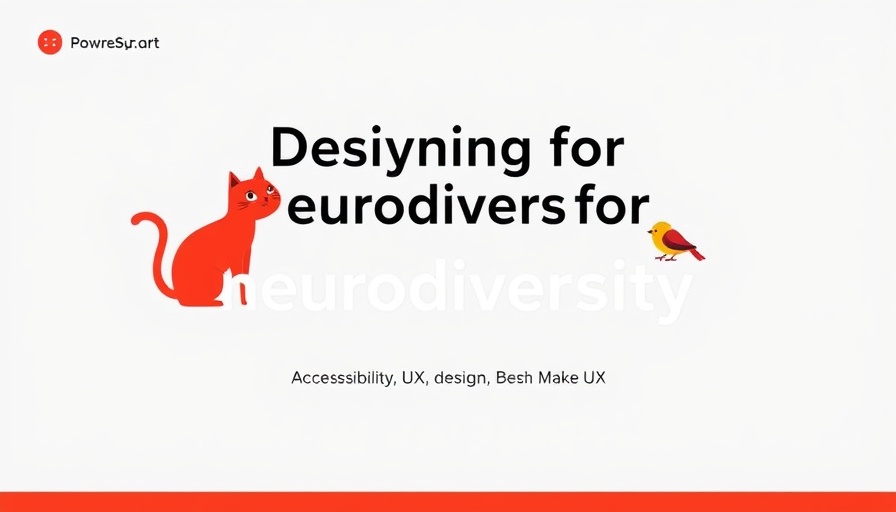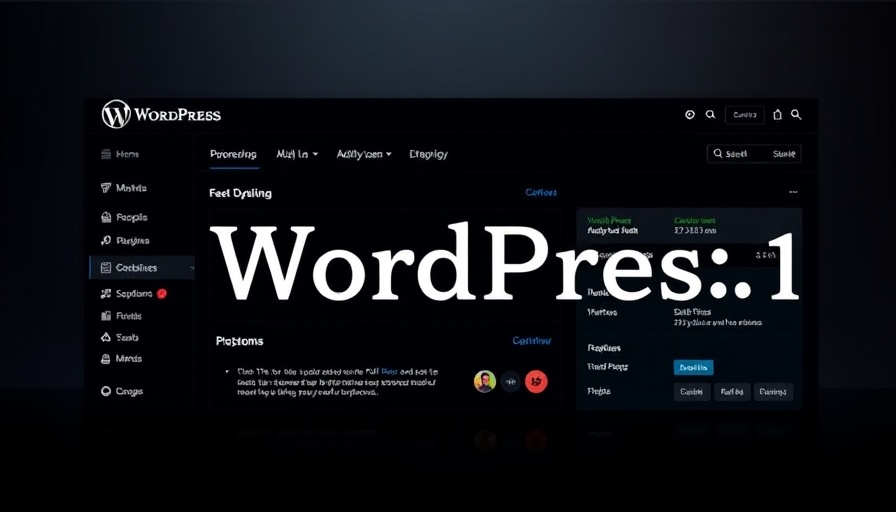
Understanding Neurodiversity: Beyond Labeling
When we talk about neurodiversity, it’s crucial to recognize that it’s not merely a concept confined to a clinical definition. Rather, it encompasses genuine variations in how people think, react, and engage with the world. Neurodivergent individuals, such as those with ADHD, autism, or dyslexia, experience life through unique lenses. If we consider design needs as a spectrum, the challenge becomes not just accommodating these differences but embracing them as part of the human experience.
Designing for Inclusivity: A Collective Journey
Imagine a bustling city with countless paths leading to the same destination. Every person navigates these paths differently, some swift, others contemplative. As web designers, we have the opportunity to create such pathways in the digital world. Each user brings their individual experiences, preferences, and needs, especially those from neurodivergent backgrounds.
For instance, simple design improvements such as adjustable font sizes, contrasting color schemes, and customizable user interfaces allow neurodivergent users to interact with web content more comfortably. When we prioritize these adjustments from the beginning, we foster inclusivity.
The Power of Diversity in Design
Are we inadvertently limiting creativity by ignoring neurodiversity in our designs? Research indicates that diverse teams with varied perspectives are often more innovative and adaptive. Neurodivergent individuals can offer fresh insights and imaginative solutions, proving that the unique ways of conceptualizing problems can lead to groundbreaking designs. By integrating feedback from this group early in our design phases, we lay the foundation for solutions that not only comply with accessibility standards but resonate on a deeper level.
The Road Ahead: Trends Shaping Inclusive Design
As society becomes increasingly aware of neurodiversity, designers are gradually recognizing the importance of this inclusion. Some exciting trends are emerging in the web design arena:
- Adaptive Interfaces: Interfaces that adapt to users’ preferences, potentially using AI to learn behavior patterns.
- Minimalist Design: Stripping down visual clutter to allow easier navigation and comprehension.
- Universal Accessibility Features: Incorporating voice recognition, customizable color settings, and text-to-speech functions.
These not only aid neurodivergent users but enhance the experience for all. Ultimately, an inclusive design approach is not just a trend; it's an ongoing evolution compelled by a deeper understanding that innovation flourishes when we embrace all individuals.
Making Connections: The Emotional Landscape
Let’s not forget the emotional aspects woven into neurodiversity. Misunderstandings and lack of empathy can lead to feelings of alienation and frustration among neurodivergent individuals. By creating designs that recognize and address these feelings, we cultivate a sense of belonging. When users see their needs reflected in the design, it fosters a connection — transcending a merely functional experience into one that is enriching and validating.
As you explore your next design project, keep in mind the diverse narratives of your users. Acknowledge the array of experiences that define neurodiversity, and endeavor to create pathways that every user can traverse with confidence. Next time you sit down to design, remember: your canvas is not just a blank page. It's a tapestry of unique lives waiting for opportunities to navigate their journeys smoothly.
Call to Action: Take the Next Step in Inclusive Design
If you’re a WordPress user or designer ready to enhance your skills, consider diving deeper into inclusive design principles. Explore plugins that improve accessibility or engage with communities working on neurodiverse-friendly products. Together, let’s shape a web that welcomes everyone.
 Add Row
Add Row  Add
Add 




 Add Row
Add Row  Add
Add 

Write A Comment